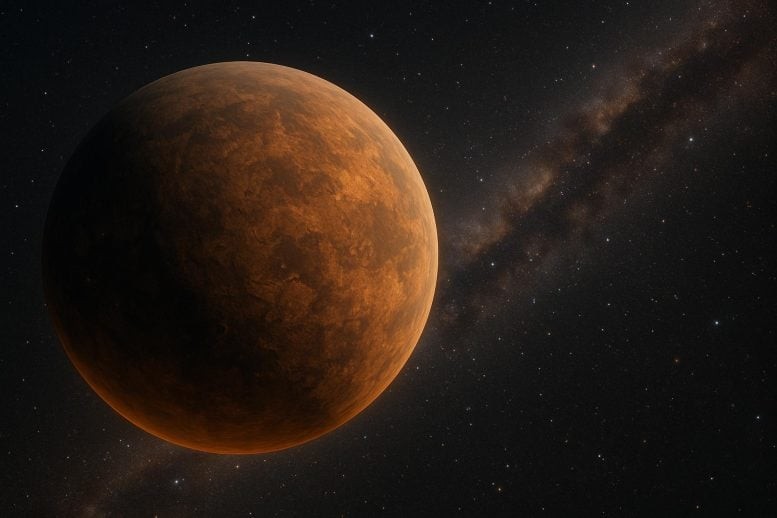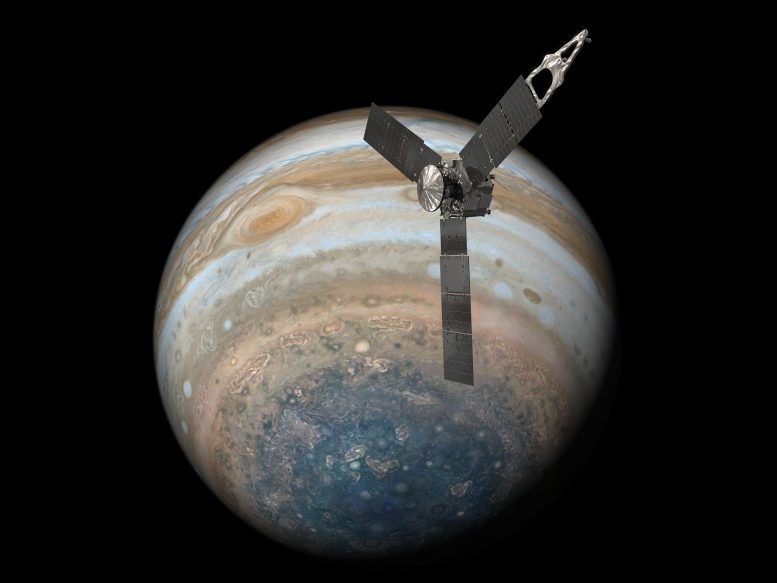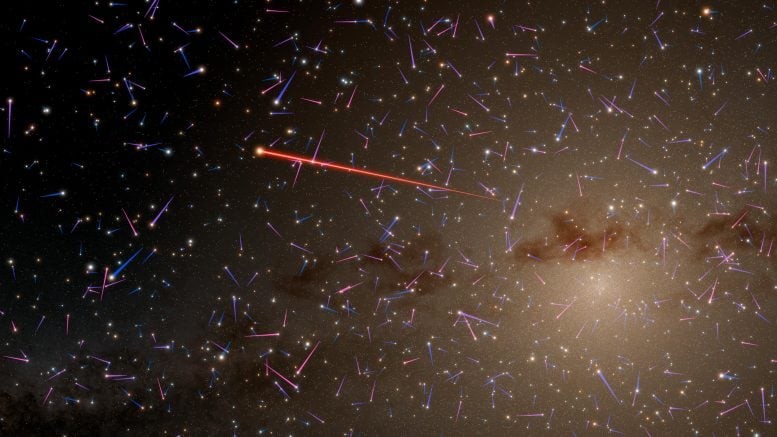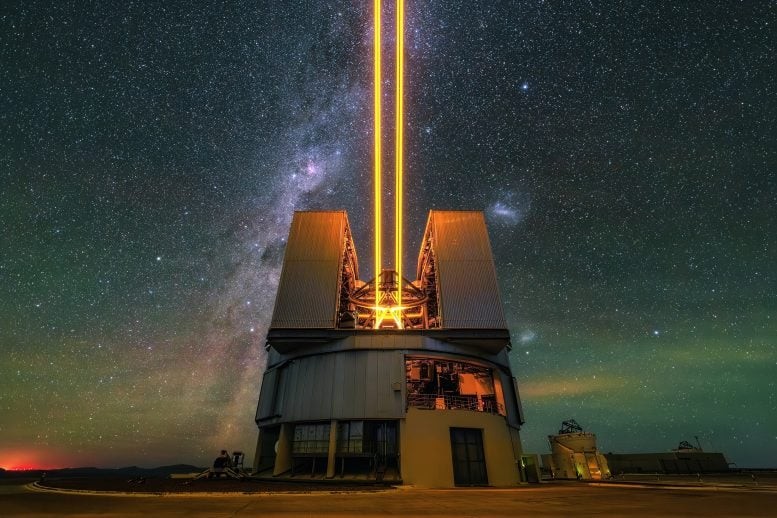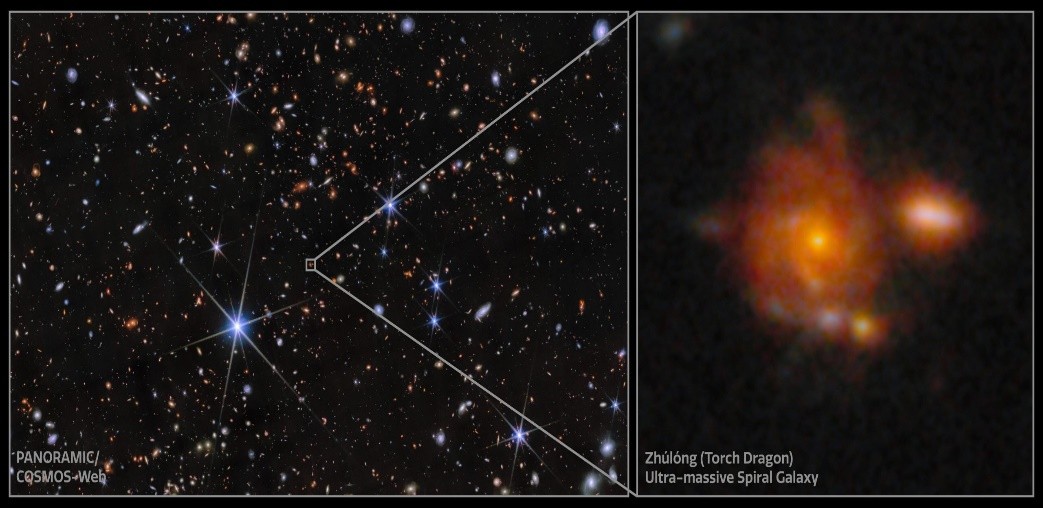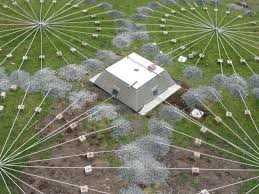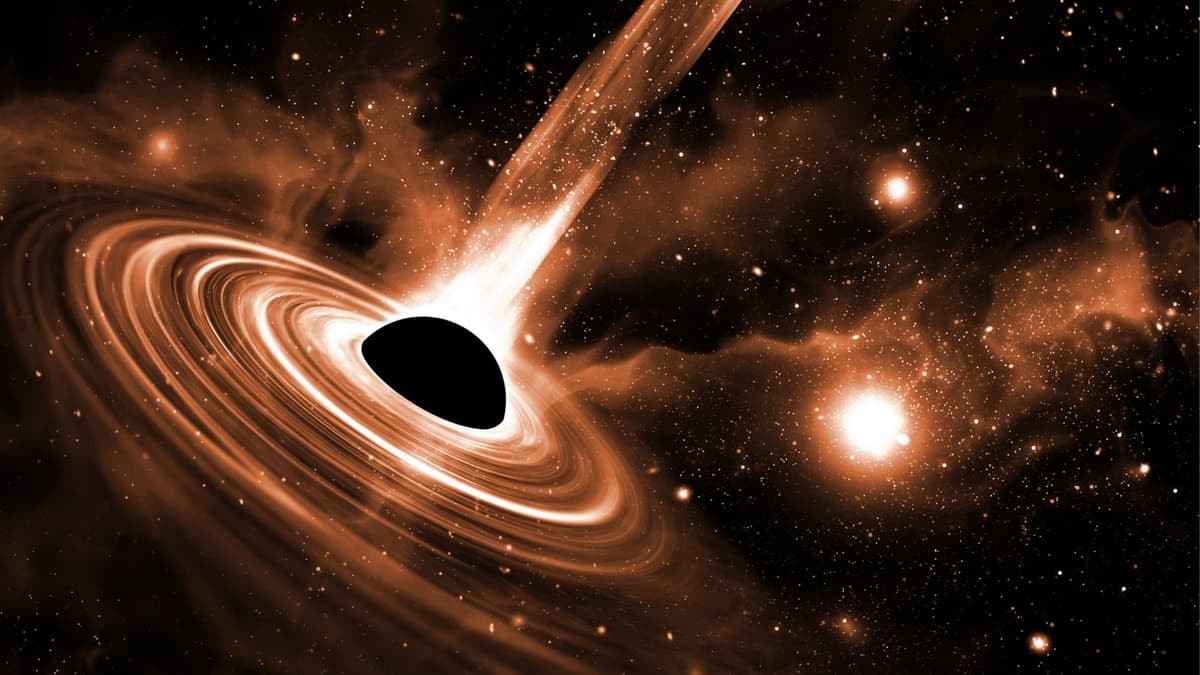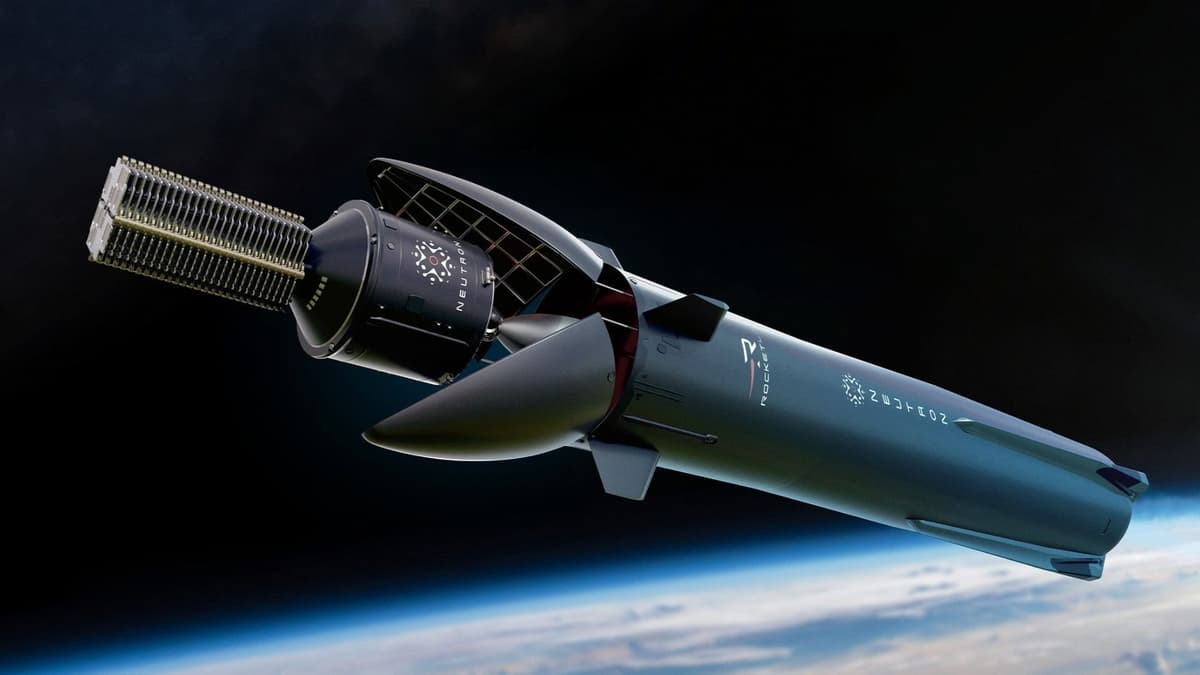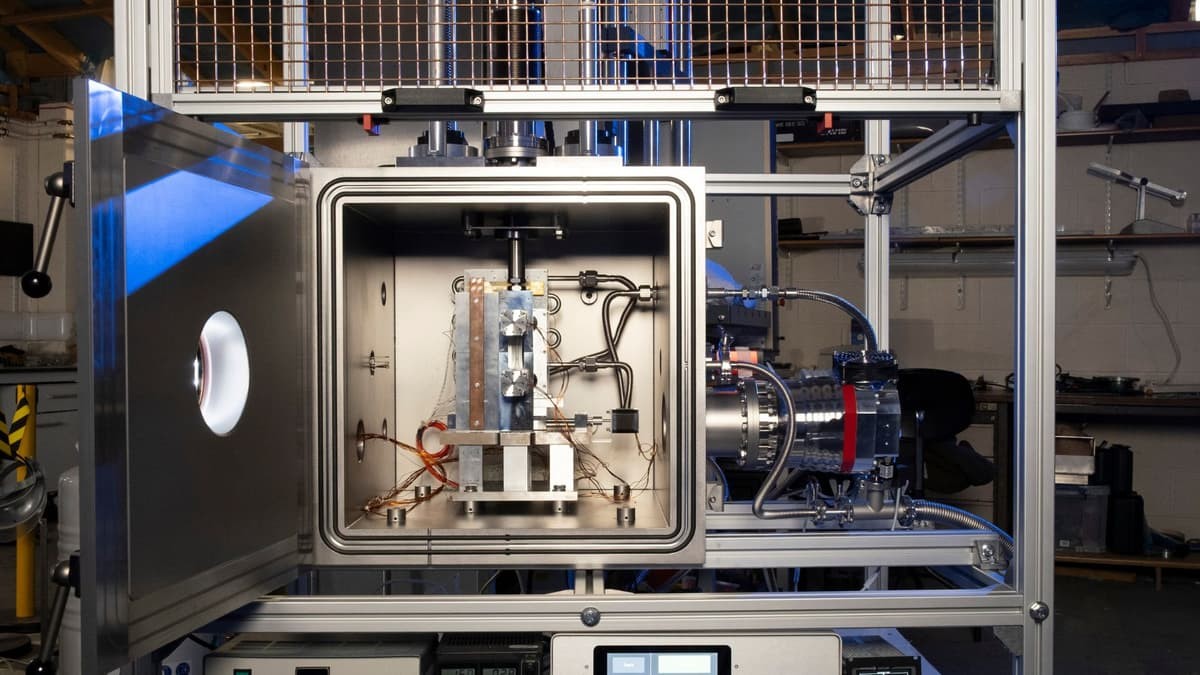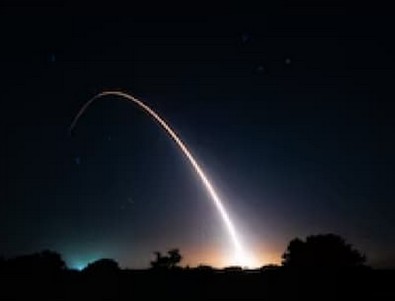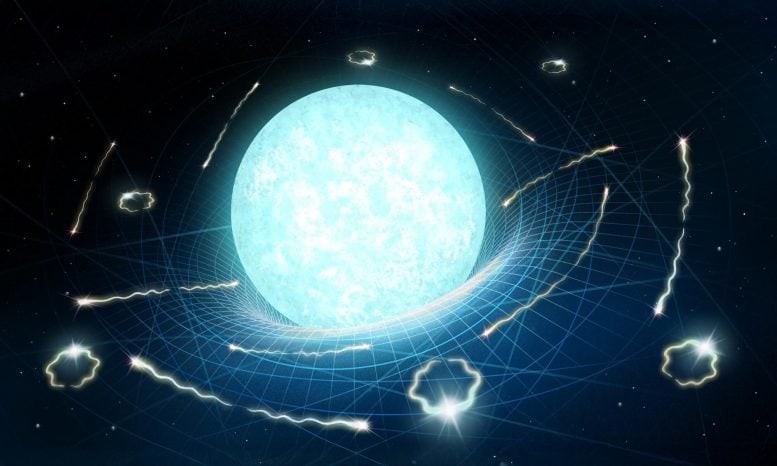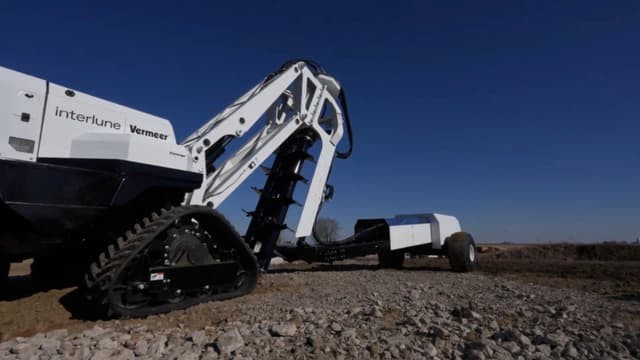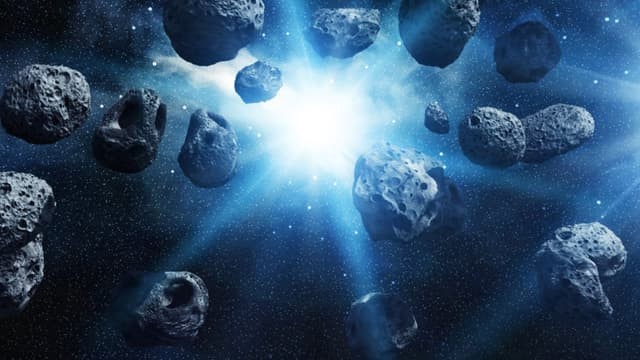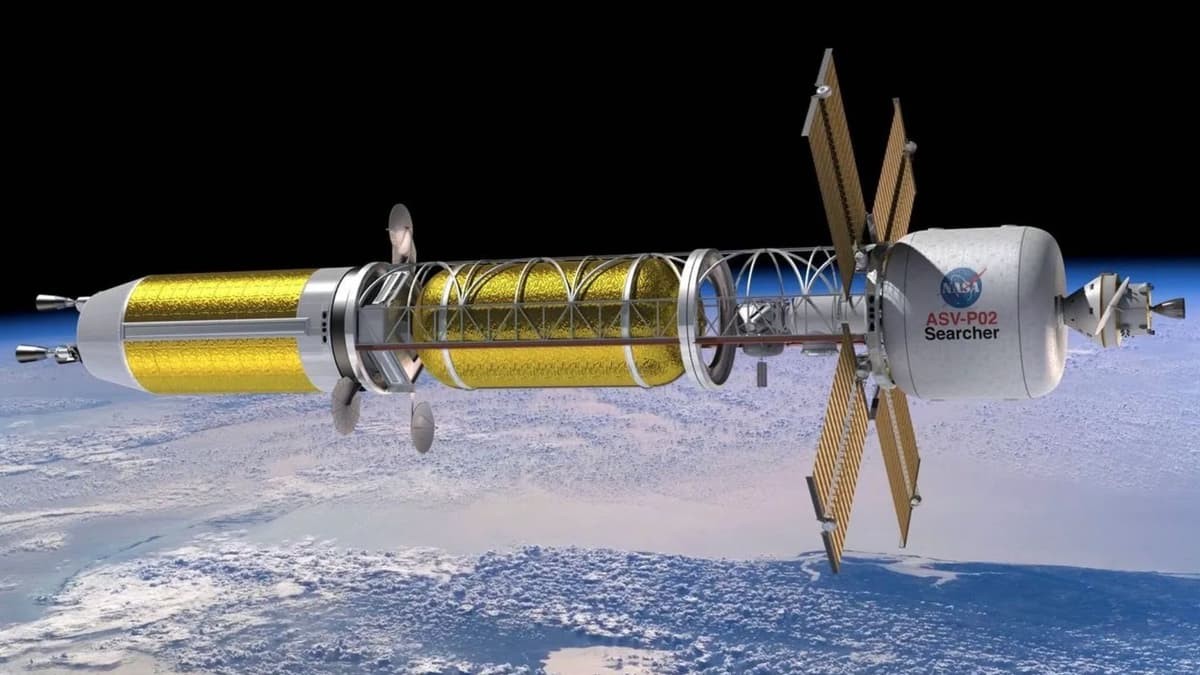NASA Observes Sputtering on Mars for the First Time, Shedding Light on the Mystery of Its Lost Atmosphere
Mars has finally revealed one of its oldest secrets—thanks to a decade-long NASA mission, a high-tech spacecraft, and a blast from the solar wind.
For the first time, NASA’s MAVEN (Mars Atmosphere and Volatile EvolutioN) spacecraft has directly observed sputtering, a powerful atmospheric escape process where high-energy charged particles from the solar wind collide with Mars' upper atmosphere, blasting atoms into space.
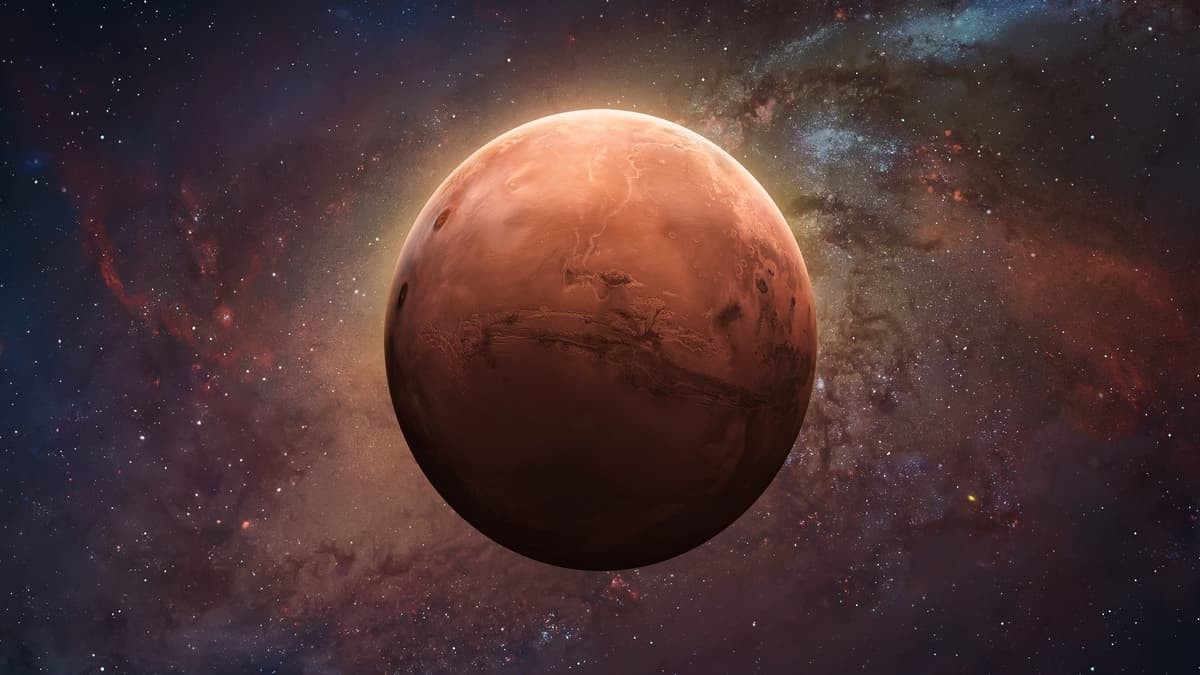
Figure 1. The Breakthrough Marks a Major Milestone For MAVEN.
This long-sought phenomenon could explain how Mars lost its once-thick atmosphere and, with it, the ability to support liquid water and potentially life. Figure 1shows The Breakthrough Marks a Major Milestone For MAVEN.
The discovery marks a major achievement for MAVEN, a mission designed to understand how the Red Planet became the cold, barren world we see today.
Uncovering a Hidden Process
Scientists have suspected for years that sputtering played a role in stripping Mars of its atmosphere, but until now, they lacked direct proof.
“It’s like doing a cannonball into a swimming pool,” explained Dr. Shannon Curry, MAVEN’s principal investigator from the University of Colorado Boulder and lead author of the study. “In this case, the cannonball is heavy ions from the solar wind crashing into the atmosphere and splashing atoms out into space.”
Clues had surfaced before—such as an unusual ratio of lighter to heavier argon isotopes in Mars' atmosphere—but these were indirect signs. Because lighter isotopes tend to float higher, their absence strongly hinted that something had knocked them away. Sputtering was the only known mechanism that could selectively do this.“It was like seeing ashes from a fire,” Curry said. “But now, we’ve finally witnessed the flames themselves.”
Capturing Sputtering in Action
Using three instruments aboard MAVEN—the Solar Wind Ion Analyzer, Magnetometer, and Neutral Gas and Ion Mass Spectrometer—scientists created the first-ever map linking sputtered argon atoms directly to incoming solar wind particles.
The team gathered rare measurements across both the day and night sides of Mars at low altitudes, a process that took years to complete.
The data showed argon atoms appearing at high altitudes exactly where the solar wind had struck—clear, real-time evidence of sputtering in action.
Even more surprising, the escape rate was four times higher than previous models predicted, with the effect intensifying during solar storms [1]. This strongly suggests that during Mars’ early history, when the young Sun was more volatile, sputtering played a dominant role in stripping away the atmosphere.
Rewriting Mars’ Atmospheric History
“This is the first time we’ve seen sputtering directly and understood how significant it was,” said Curry. “It’s a major piece in the puzzle of how Mars lost its atmosphere—and with it, its water.”
The breakthrough offers critical insights into planetary evolution, habitability, and the forces that can shape the fate of a planet over billions of years. It not only deepens our understanding of Mars but may also inform future studies of exoplanets and the delicate balance needed to sustain life.
Reference:
- https://interestingengineering.com/space/nasa-witnesses-sputtering-for-the-first-time
Cite this article:
Keerthana S (2025), NASA Observes Sputtering on Mars for the First Time, Shedding Light on the Mystery of Its Lost Atmosphere, AnaTechMaz, pp.389


